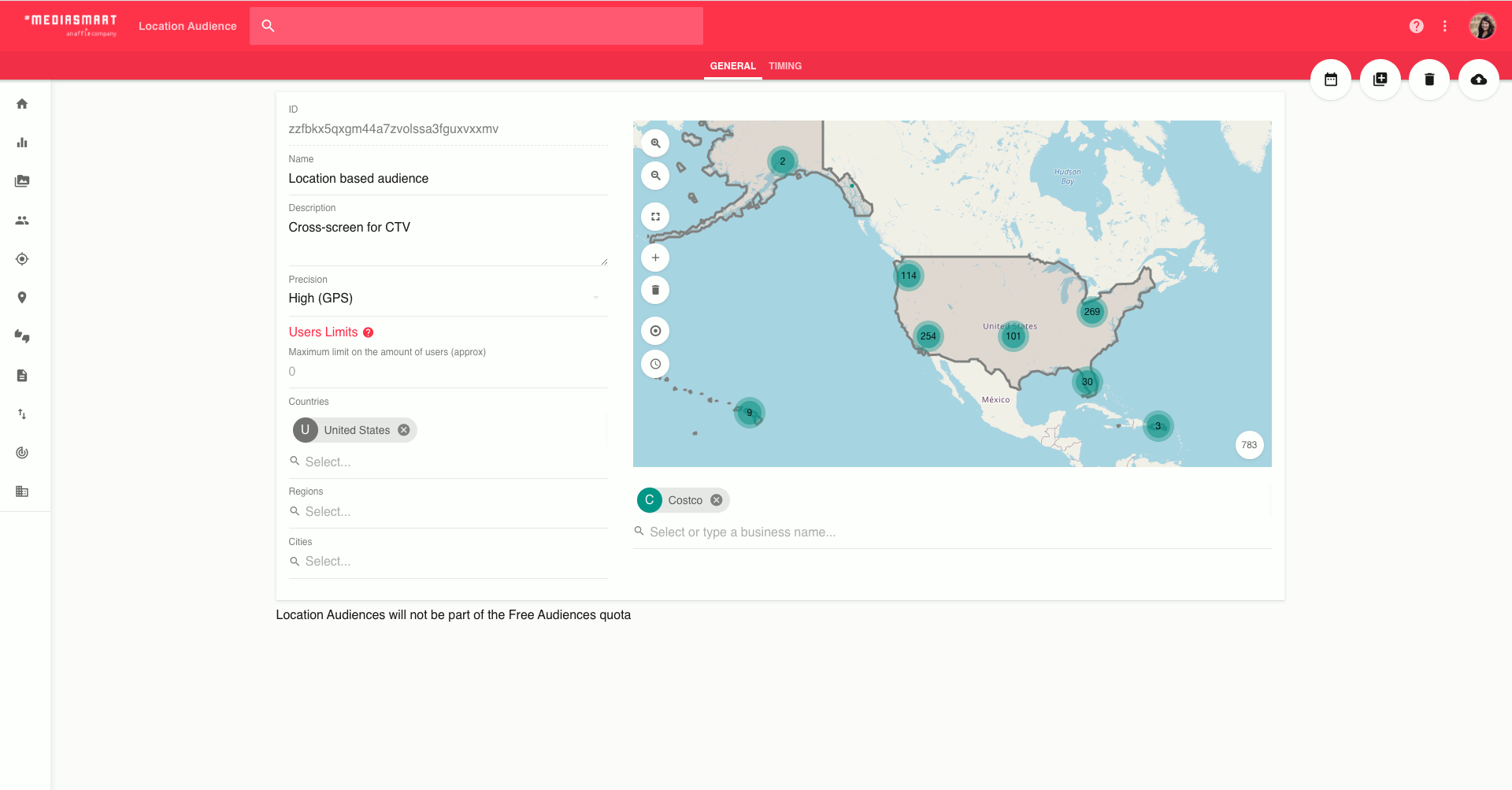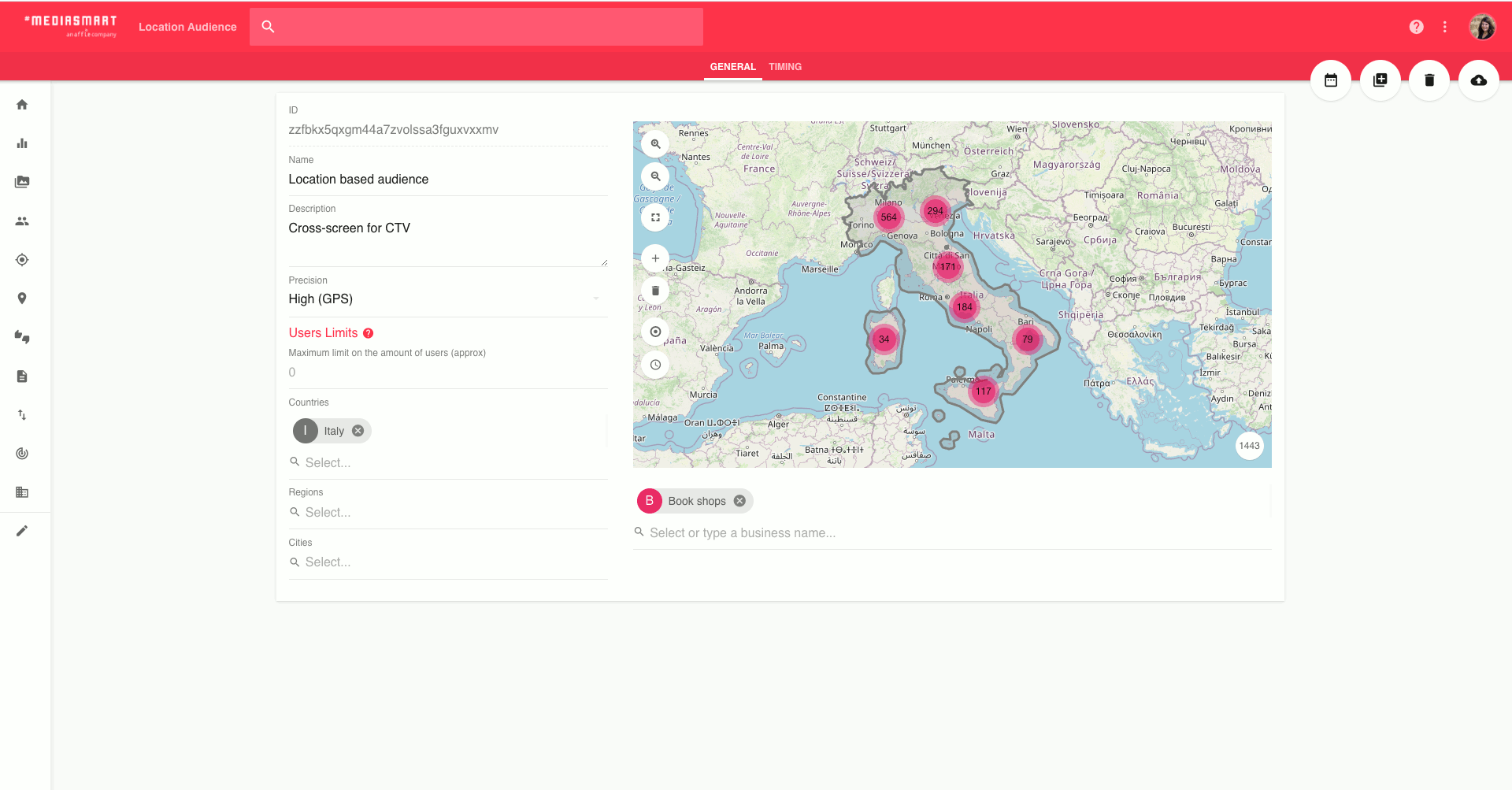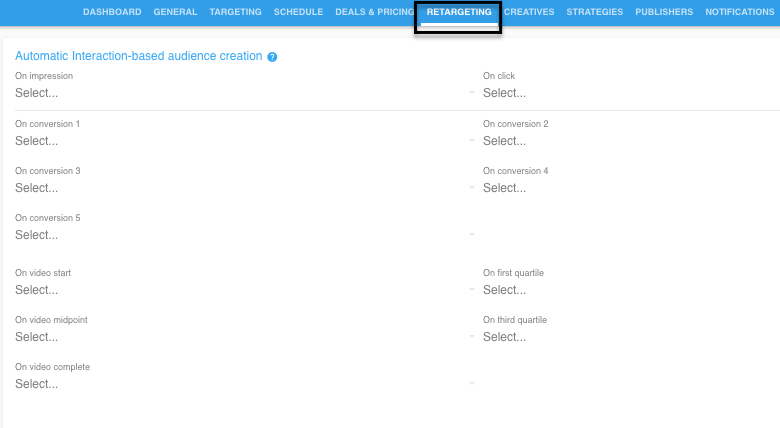Blog
Announcements, analysis and opinions on industry trends around the mobile programmatic world.

Subscribe now, and receive the latest programmatic content directly on your inbox!
Thank you for subscribing to our newsletter
Advertising on TV has traditionally been a “non-measurable” space, where metrics or audiences present in the Digital world didn’t have a place. Connected TV (CTV) radically changes that. Getting to the right users when they are more engaged is one of the most valuable benefits of Connected TV, along with the ability to target, retarget or suppress certain devices. This is why creating CTV audiences provides much value to advertisers.
Why create CTV audiences
- Identify "unique" CTV devices, either by the area they are located, the brand of the device, or the apps they use.
- Once you are able to identify devices you can target, retarget, blacklist, or suppress those from your targeting.
- Leverage frequency capping for optimized campaign reach. You might want to place your ads in devices around specific areas or no more than X times on the same device; using Audiences would allow you to reach only the CTVs you want to reach.
- Leverage Dynamic Creative Optimization as CTV allows advertisers to create targeted user segments from a pool of large targeting options to refine messaging.
Cross-screen audiences and CTV
Not only all of the above, whether it is reaching those users you already have on mobile audiences, or going from CTV to mobile devices using Household Sync technology, cross-screen audiences empower advertisers to reach users in different ways based on their campaign goals.
When using mediasmart’s technology, any audience you target within a CTV type of campaign will be a "cross-screen audience", that is, even if the audience is made of IDFAs and GAIDs, you will be able to find those users on a Connected TV type of device. This is made possible with our IP-based cross-screen capabilities.
Cross-screen audiences for CTV works for private audiences uploaded by the advertiser or unique cohorts created on the dashboard. In this article, we look at some of the common ways in which cross-screen audience creation can be approached on mediasmart:
1. Location-based audiences

Location-based audiences are created based on where users are so that you can retarget them elsewhere. With this, advertisers can create richer audience profiles taking into account the areas where users spend most of their time. As most of us bring our smartphones with us everywhere we go, Mobile serves to breach the gap between the on-line and off-line worlds. So advertisers can benefit from gathering audiences around particular physical areas, using GPS coordinates, controlling the area, precision, and schedule. This is useful to locate and target users that go to your competitor's store during a month, travelers at airports, etc.
2. Time-based audiences

When retargeting users on CTV, time-based audiences are useful to automate temporal criteria, so that you can use smart rules. Time-based audiences allow you to create audiences based on when users were added to other audiences. This means, if you have a list within your retargeting section to collect user IDs for those who have clicked your ad, you can create an additional list based on this one, that will collect users that have clicked your ad only in the last 7 days or 20 days, etc. For example, app visitors or buyers from the last 7 days or in the case of location-based, target users that physically visited your competitor's store in the last 14 days. Time-based audiences can be built from a First party, a campaign Interaction-based, or a Location-based audience.
3. Interaction-based audiences

A user’s interaction with the campaign can also be useful to identify future lists for creating or updating audiences. The most common use of this type of audience is the retargeting of users or suppression of users that have already converted. But there are many other possible use cases, for example, a user’s views, clicks, conversions, video view completion rate, etc. can help to identify which users only saw the ad vs those who converted. By selecting the corresponding KPI you want to use you can create or enrich the audiences.
4. Audiences from external sources
Audiences from third-party sources can be created in several different ways: from your own DMP, with standard or custom third-party data. Adding audiences from external sources allows advertisers to nourish their campaigns with premium data sources to get a deeper understanding of the users’ intent and behavior to optimize the campaigns. In addition to these, you can also leverage lookalike algorithms to look for and target similar users based on the audiences you have selected.
In addition to this, syncing a CTV campaign with other devices in the same household also helps to amplify its reach. Mediasmart’s Household Sync technology uses fresh data for each campaign based on IP addresses, maximizes data accuracy, and compliance with privacy regulations. By connecting devices in the same household, ads are more personalized for specific audiences while bringing together the twin strengths of the engaging storytelling associated with (C)TV advertising as well as the targeting and capabilities associated with Programmatic and Digital Advertising.
Topics: audience, smart tv, connected tv
%20(1).jpg)
.gif)
